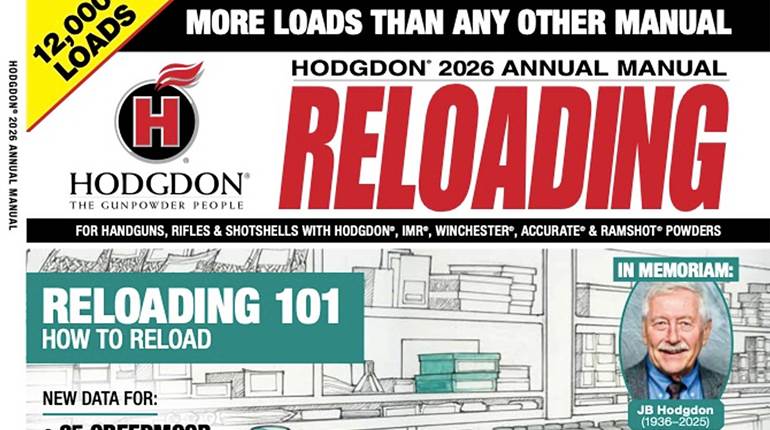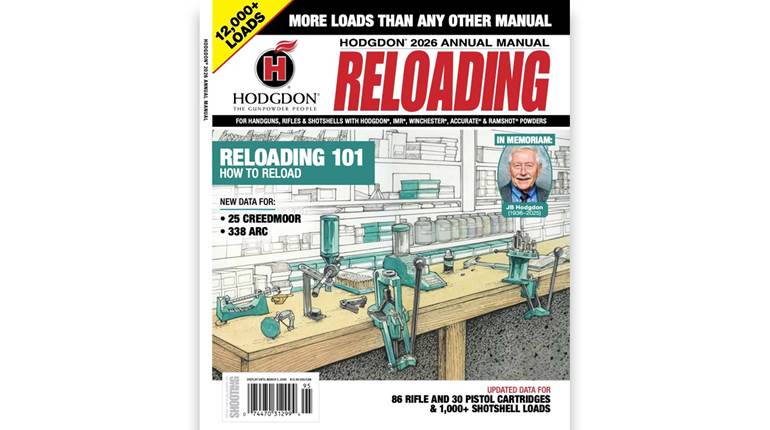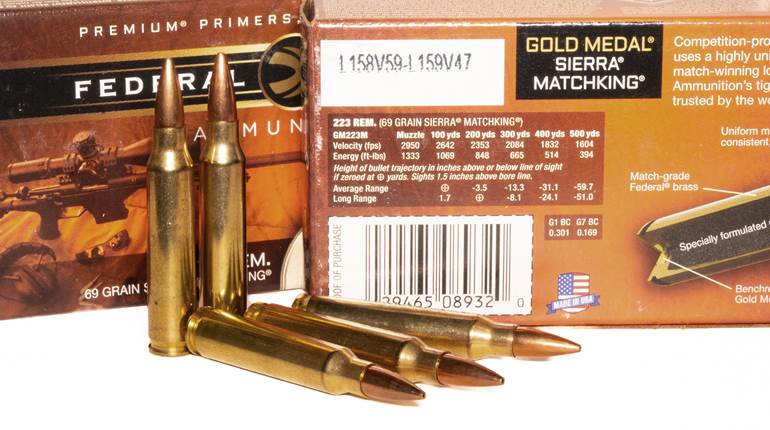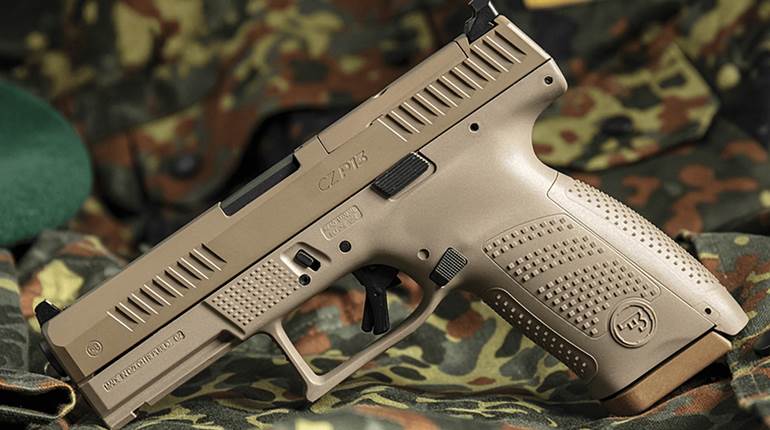
The .44-40 Win. is an old blackpowder cartridge introduced in 1873 along with the Winchester Model 1873 rifle. The cartridge grew immensely popular during the ensuing years and was chambered in a variety of lever-action, single-shot and slide-action rifles and revolvers. Its popularity began to fade in the 1950s, but the sport of cowboy action shooting and interest in the Old West has somewhat revived it.
 The .44-40 is limited to relatively mild pressures, due to its thin case and the many weak rifles chambered for the cartridge. The Lyman 50th Edition Reloading Handbook lists load data with a maximum of 13,000 copper units of pressure (CUP) for weak actions such as the Winchester Model 1873 and higher 22,000-CUP loads for strong actions that include Winchester Model 1892 and Marlin 1894 rifles. A current-production Winchester Model 1892 chambered in .44-40 Win. fired handloaded 200-grain cast bullets upward of 1,400 f.p.s. from its 20" barrel. However, that is still a good 500 f.p.s. slower than the same weight of bullet fired from the 20" barrel of a Winchester Model 1894 chambered in .44 Magnum.
The .44-40 is limited to relatively mild pressures, due to its thin case and the many weak rifles chambered for the cartridge. The Lyman 50th Edition Reloading Handbook lists load data with a maximum of 13,000 copper units of pressure (CUP) for weak actions such as the Winchester Model 1873 and higher 22,000-CUP loads for strong actions that include Winchester Model 1892 and Marlin 1894 rifles. A current-production Winchester Model 1892 chambered in .44-40 Win. fired handloaded 200-grain cast bullets upward of 1,400 f.p.s. from its 20" barrel. However, that is still a good 500 f.p.s. slower than the same weight of bullet fired from the 20" barrel of a Winchester Model 1894 chambered in .44 Magnum.
My Lightning .44-40 Win. was built in 1886 on Colt’s medium-frame slide-action. The rifle was in sorry shape when I bought it; someone must have used blackpowder or corrosive primers and neglected to clean the bore. A river of rust poured out when I cleaned it, and a bore scope showed only a hint of rifling lands remained. The Lyman handbook classifies the Lightning as a weak action; even so, the rifle shot 200-grain cast bullets from its 26" barrel at 1,200 f.p.s. powered by a maximum amount of 2400 propellant. Due to its eroded bore, though, bullets must be kept at 1,000 f.p.s. or slower in order to shoot adequate-size groups, which is why the nearby recipe uses Trail Boss instead of 2400. That is still more than satisfactory, and the Old West is revived when the Lightning speaks.





































